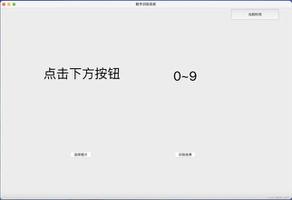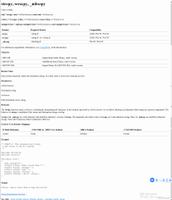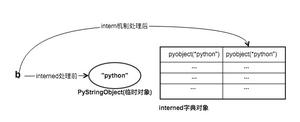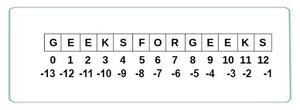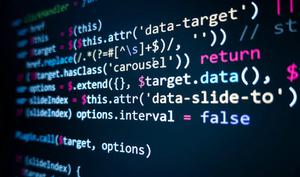用Python中的子字符串排序操作检查字符串是否可转换的程序
假设我们有两个数字字符串 s 和 t,我们希望使用以下操作任意次数将字符串 s 转换为 t: 1. 在 s 中选择一个非空子字符串并就地排序,使字符按升序排列。我们必须检查是否可以将字符串 s 转换为字符串 t。
因此,如果输入类似于 s = "95643" t = "45963",那么输出将为 True,因为我们可以使用 "95643" -> "95463" -> "45963" 将 s 转换为 t。
示例
让我们看下面的实现来更好地理解
from collections import defaultdictdef solve(s, t):
places = defaultdict(list)
for i in reversed(range(len(s))):
key = int(s[i])
places[key].append(i)
for e in t:
key = int(e)
if not places[key]:
return False
i = places[key][-1]
for j in range(key):
if places[j] and places[j][-1] < i:
return False
places[key].pop()
return True
s = "95643"
t = "45963"
print(solve(s, t))
输入
"95643", "45963"输出结果
True
以上是 用Python中的子字符串排序操作检查字符串是否可转换的程序 的全部内容, 来源链接: utcz.com/z/331689.html

